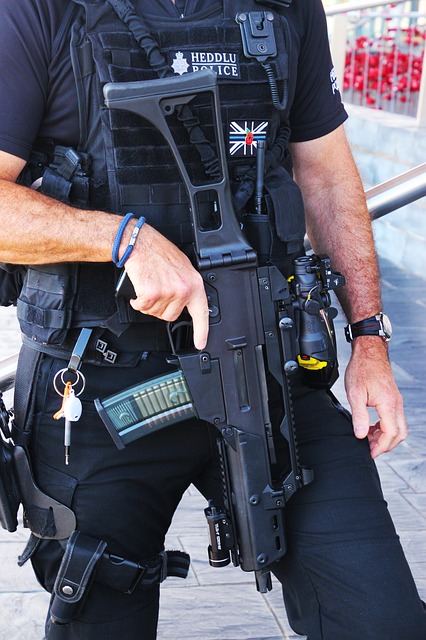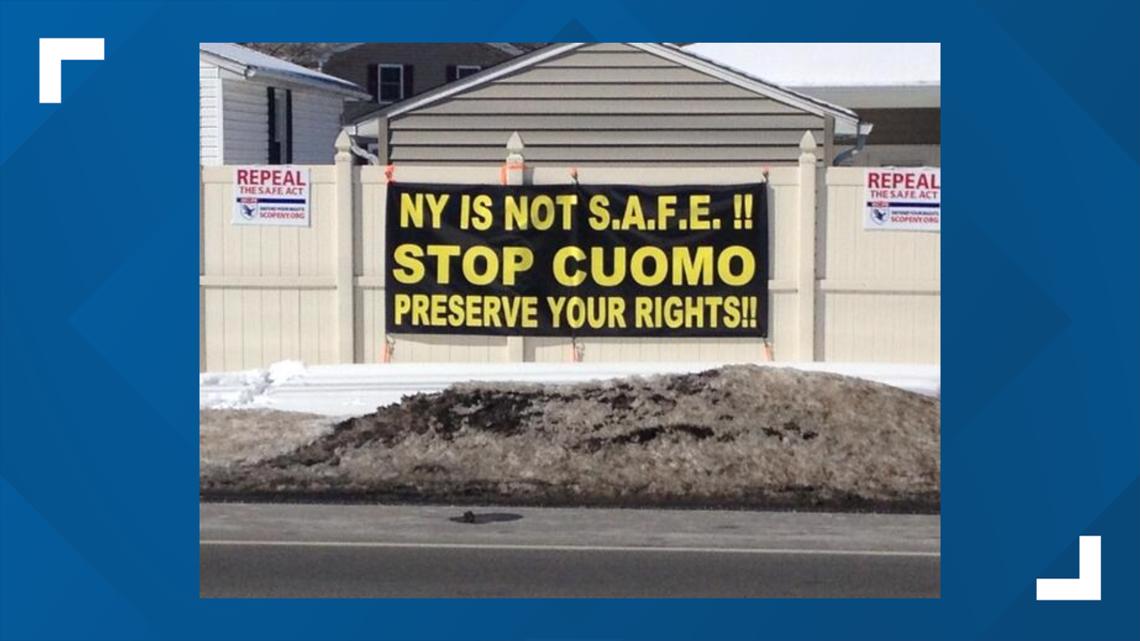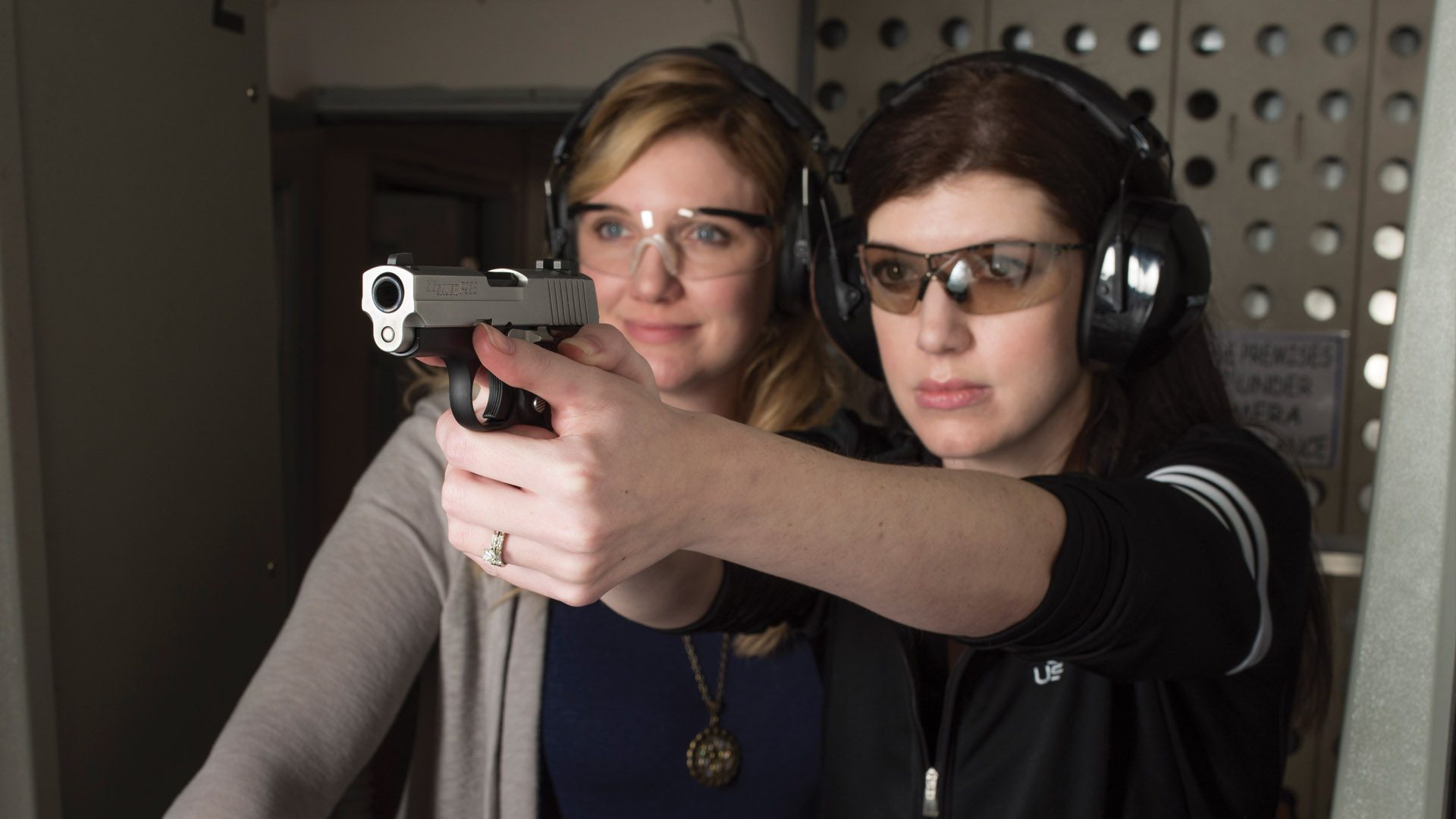
The process to get your California FFL license is very straightforward. The process involves completing both federal and state paperwork. FFL123 simplifies the process by providing guidance and assistance in choosing the best FFL for your needs. They can even help you with the first day of your business. So, don't worry about the paperwork and get started today! Read on to learn more about the process. Also, read on for some important information about FFLs and firearms law in California.
California ffl
First, you need an FFL license to sell firearms in California. First, register with Centralized List of Firearm Dealers. Next, purchase state-approved magnetic cards swipes and digital equipment that allows you to accept firearm payment. A state or local business license is also necessary. California permits can be complex so you should be ready to wait. The process is deliberately confusing and complex to ensure fairness for applicants.

The cost of obtaining a California FFL License will depend on the type and price of the firearm. A Type 01 license costs two hundred and three years, with renewal fees of $90. Although they are more costly, Type 07 licenses can help you sell guns. These licenses enable you to build guns and then sell them. These licenses can cost up to $3000. Before making your final decision on whether to apply for a California FFL you should carefully consider the cost involved.
While getting a Type 03 permit is slightly more straightforward, it is still required to own a business. You must have a specific intention to operate a firearms business in the state. Federal guidelines prohibit you from purchasing an FFL to save money on gun costs. You can still use an FFL to facilitate private transfer, to receive firearms through another FFL, and for other tasks. You must comply with both federal and state regulations if you plan to sell guns and ammunition.
Getting a california ffl license
To apply for a California FFL License, you need to have both federal and State-issued ID. All required documents are required, including a 2x2-inch passport photo, fingerprint cards, and sales tax records. You must also verify compliance with all applicable laws and codes. You are responsible for meeting zoning regulations, paying sales tax, and maintaining proper insurance. ATF inspections could also be performed on your records.
To get a Type 03 FFL, you must pay $30 to the ATF and renew it every three years. This FFL is ideal for transfers of curio, relic and other firearms. Transferring non-curio firearms will require another FFL. Californians should select the Type 03 FFL. This license type is more complicated that the Type 03 FFL.

There are many legal hurdles that must be overcome in order to obtain a California FFL certificate. But there are other options to help get you started. You can take a number of courses to help you navigate the application process. California C&R licensure costs approximately $30. If you decide to work in California, you may be interested in applying for a Type 07 license. This type of license requires that you undergo a thorough background check as well as a state-issued identity card. The application process could take up to 3 months.
FAQ
Which gun is the best for hunting?
The most effective weapon for hunting is a.22 caliber rifle. It is light and easy to transport. It is also able to shoot accurately from long distances.
This type of firearm should only be used when there is no threat from a predator.
It is not a good idea to shoot at trees with ammunition. This would cause little harm. You need to have a clear shot at your prey.
A.30 caliber rifle can be used if you plan to hunt larger game such as deer and elk. It is heavier than a.22 calibre rifle.
A 30-caliber rifle requires more practice to attain the same level accuracy.
What are the many benefits of hunting?
Hunting is a tradition that many cultures have followed for centuries. It was used for food and shelter as well as tools and medicine. Even though people hunt for sport today, they also do so for food and recreation. The meat of hunted animals is typically eaten within minutes after they are killed, while skin, hair, feathers, bones and antlers can be sold as trophies.
Hunting isn't just a way of eating; it's a lifestyle.
Hunting families have strong ties to their friends and family because they spend so much time together. They share stories and fond memories around campfires and at meals.
Hunters enjoy nature and wildlife, which helps them appreciate life on Earth.
When they care for game animals, they learn responsibility and respect for others.
Hunters become better citizens because they practice conservation. They work to protect habitats, species, and the environment. They know how much water and land we need to survive.
Hunters make up a part of a larger group. Their families rely on them. They work together. They support local businesses.
Hunters are also able to give back to the community. Many hunters contribute money to charity organizations that aid children, the elderly, veterans, and others.
Hunters also have the opportunity to give their time to assist those in crisis. For example, they might work with the Humane Society or the Red Cross.
How many Americans are dependent on hunting?
The United States is home to more than 300 million hunters. This is nearly twice the number of hunters than New York City residents.
Hunting has been a popular American pastime for centuries. But, Americans are hunting less for sport today than ever. According to the U.S. Only 2 percent of Americans hunt regularly, according to Fish & Wildlife Service (FWS). That number is even lower among young adults.
Hunting is still popular among older generations, even though it may seem old-fashioned. According to a survey, 68% of baby boomers expect to hunt once again when they are older. For them, hunting is a way to connect with nature and enjoy the outdoors.
For younger generations, however, hunting isn't necessarily a priority. According to the National Shooting Sports Foundation 18% of millennials are avid shooters.
FWS is determined to keep America's wild spaces open to everyone.
The agency launched "Wild Lands", a campaign to raise awareness of public lands across the nation in 2014. It is intended to raise awareness and encourage people visiting these areas to preserve them.
The Wild Lands initiative encourages conservation efforts. FWS and National Rifle Association have partnered to create Project Gunter, a youth shooting sport program. This program teaches kids how to safely handle firearms and helps them develop skills such as marksmanship and safety.
Project Gunter has expanded to include women of all races and minorities. It has resulted in more children learning to shoot guns and taking part in wildlife conservation.
Where can I get a gun?
Gun shops are found all over the nation. They have everything from entry-level guns to highly-priced weapons.
Many gun shops are specialists in selling firearms. These shops often have helpful staff members who will help you choose the best gun for your needs.
Our guide to handguns will help you make the right decision when buying a new gun.
Where can you buy a gun Is it necessary?
To hunt certain species, a gun is required by law.
Hunting licenses are required in most states. The exact type depends on the game you plan to hunt and the state you reside in.
At any sporting goods retailer, you can purchase a rifle or shotgun, handguns, muzzle loader and crossbow as well as an archery weapon.
Choose a weapon that best suits your needs. For example, if you want to hunt small games such as squirrels, rabbits, and pheasant, you might consider purchasing a .22 caliber pistol.
A larger caliber weapon might be a good option if you intend to hunt large animals like bears, elk, or deer.
Do not buy a weapon unless you feel comfortable handling it. Guns can be dangerous. Keep your gun unloaded until you're ready to shoot.
Be sure to inspect the gun before buying it. Ask the seller for instructions on how to load and unload your gun.
Make sure to check the warranty. If there is no warranty, ask the dealer what kind of guarantee they offer.
Ask your dealer for a copy their safety instructions. These documents should include information about safe storage and maintenance.
Verify the serial number. If it starts with "NIB" (or "New In Box"), the gun was made brand new.
If the serial number starts with an odd number, then the gun has been previously owned.
You can contact the manufacturer directly if you are not sure if the gun has been used. You should get more details from the manufacturer.
How popular is hunting America?
Hunting is an American pastime. Americans spend an average of $8 billion annually on hunting gear and supplies. The average hunter spends around $1,000 per year.
Many people hunt for relaxation and a hobby, but hunting is also a popular sport. The United States is home to nearly 50 million hunters. This number includes both men and women.
Hunters are from all walks of the life. These hunters can range in age from children to seniors. Some hunters have been doing it since the beginning, while others are just getting started.
The most common reason why someone would want to become a hunter is that they enjoy spending time outdoors. Many hunters feel that this is a great way to connect with nature and experience what it feels like to be free.
Hunting can be an enjoyable social activity. Hunters hunt together often as a team. These groups can include family, friends, coworkers, and others.
Hunting has become a competitive sport. Hunting has become a competitive sport. Hunters compete against each other to see which species they can hunt.
Hunting teams compete to set the record for largest deer kill. These records are usually set up by professional hunters.
Statistics
- In less than 20 years, Rhode Island saw a 40% drop in the number of hunting licenses for residents, according to The Valley Breeze. (stacker.com)
- Less than 1% of Hawaii's population has a hunting license. (stacker.com)
- Over the past 50 years, the number of hunting licenses in California has been on a rapid decline, falling 70% from more than 760,000 in the 1970s to under 268,000 in 2020—even as the state's population has skyrocketed, according to The Mercury News. (stacker.com)
- Indiana, for example, saw a 28% jump in turkey license sales during the first week of the season. (stacker.com)
External Links
How To
How to hunt wild turkeys
Wild Turkeys can be described as birds that are found throughout North America. They are most prevalent in Texas, Oklahoma. New Mexico, Arizona. Colorado. Utah. California. Nevada. Idaho. Wyoming. South Dakota. Montana. Wild Turkeys are omnivores of insects, grasses, and seeds. They also consume berries, acorns and fruit from the trees in certain areas. Their diet helps them stay healthy and strong. The feathers of wild turkeys can be used to make hats and clothes. You can eat the meat of their breasts.
Hunting wild turkeys is safe if you follow these tips. Wear long pants with closed-toe shoes. Avoid wearing perfume or any cologne. They attract predators. If you see a predator, do not run away. Instead, move slowly towards your vehicle. Stay calm and quiet when you approach a bird. You might need to try several times before you can get close enough that you are able take a photo. When you shoot at a wild turkey, use a shotgun loaded with 00 buckshot. One shot should be taken at a time.
If your gun jams try again later. Avoid being hit by flying pellets and duck behind a car or tree. If you're lucky, a hunter might come along to help you clean up.